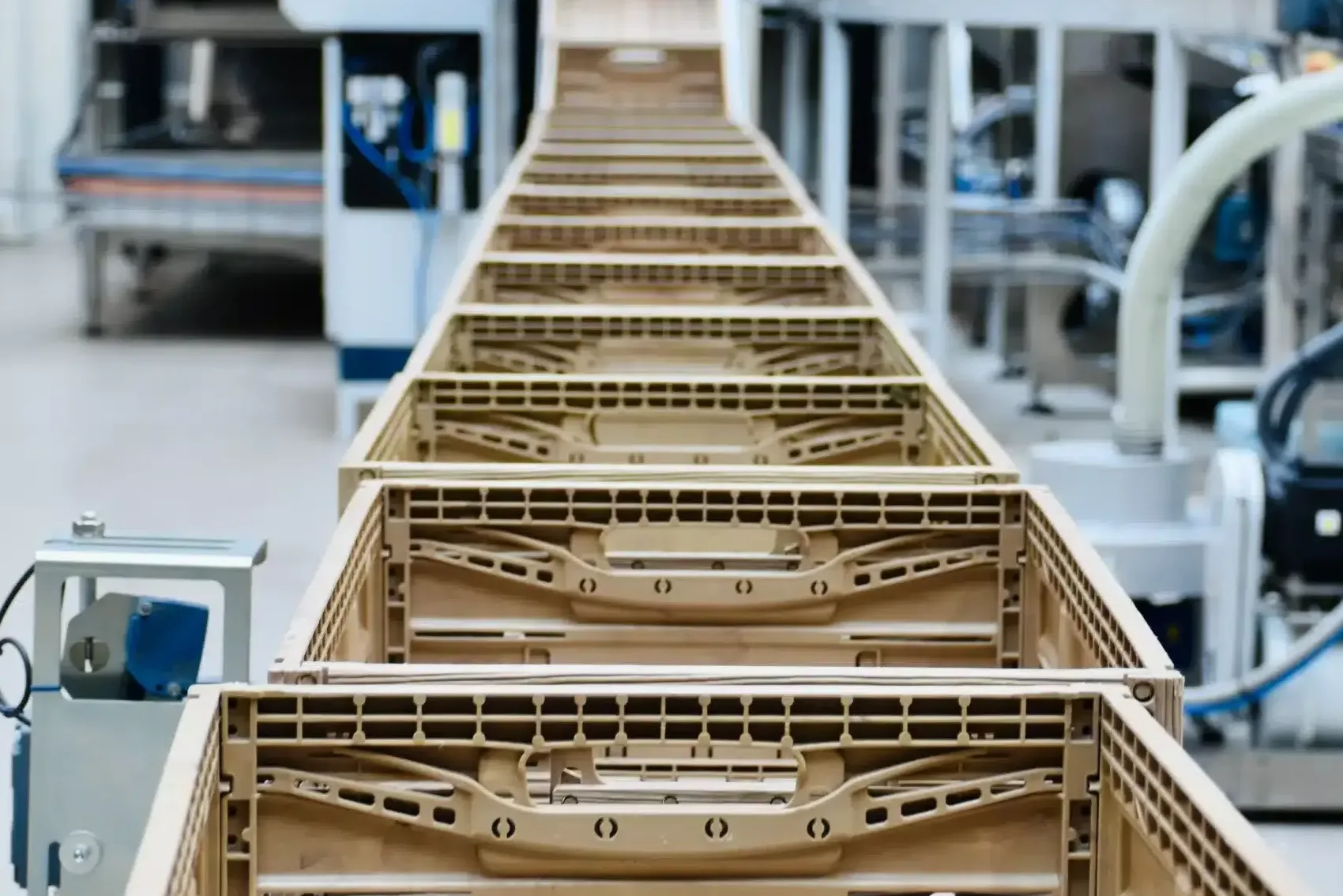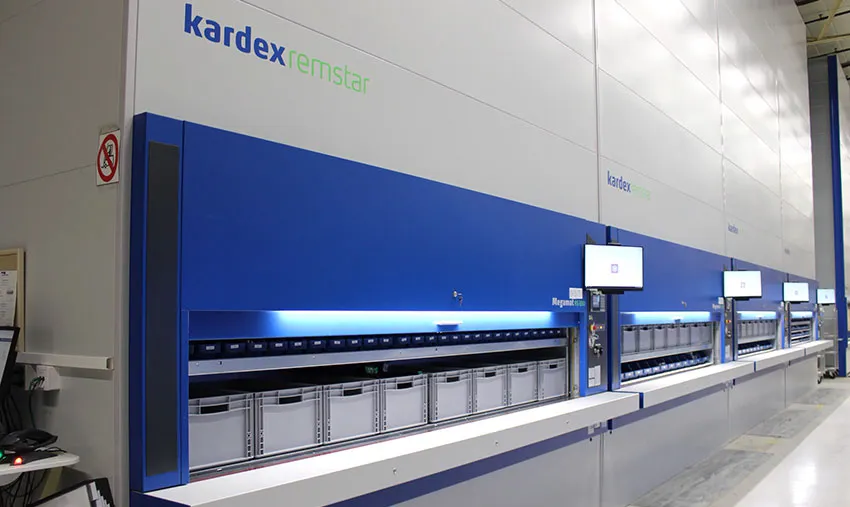

Advances in Automation: Warehouse Management to the Next Level
I dagens logistik er effektiv lagerstyring en af de mest afgørende faktorer for at opretholde konkurrenceevne og levere overlegen kundeservice. Med teknologiens hurtige udvikling er automatisering blevet en af de mest afgørende aspekter, der tager lagerstyring til næste niveau. I dette blogindlæg vil vi udforske, hvordan automatisering har transformeret lagerstyring og hjulpet virksomheder med at effektivisere deres processer og øge deres rentabilitet.
Øget nøjagtighed og præcision
En af fordelene ved at indføre automatisering i lagerstyring er den væsentligt øgede nøjagtighed og præcision i lagerprocesserne. Menneskelige fejl er uundgåelige, men ved at automatisere opgaver som plukning, pakning og inventering reduceres risikoen for fejlagtige leveringer og spildt tid.
Automatiserede systemer bruger avanceret teknologi som RFID (Radio Frequency Identification), stregkoder og sensorer til at spore og håndtere lagerartikler. Dette sikrer, at det rigtige produkt plukkes og sendes til den rigtige destination hver gang. Når nøjagtigheden øges, reduceres returneringer og kundeklager, hvilket igen forbedrer virksomhedens omdømme og øger kundeloyaliteten, og ikke mindst er det bedre for miljøet.
Effektivere lagerudnyttelse
Manuel lagerstyring kræver ofte meget plads og ressourcer. Automatisering muliggør en mere effektiv brug af lagerplads. Lagerautomater og paternosterreoler kan håndtere og lagre varer på en måde, der maksimerer pladsen, samtidig med at de gør det muligt for varerne at nås hurtigt ved behov. Dette reducerer behovet for at investere i større lagerlokaler og sparer virksomheden penge på lang sigt.
Hurtigere håndtering af ordrer
I dagens digitale samfund forventer kunderne hurtige leveringer. Automatisering accelererer lagerstyringsprocessen ved at muliggøre hurtigere plukning og pakning af produkter. Automatiserede systemer som transportbånd og sorteringsanlæg flytter og sorterer varer hurtigt gennem lageret, hvilket minimerer gennemløbstider og forkorter leveringstiderne. Dette er især vigtigt for virksomheder, der bestræber sig på at levere samme eller næste dag som bestillingen sker, hvilket er blevet normen i mange brancher.
Optimeret inventering og prognosticering
Automatisering har også revolutioneret virksomheders evne til at håndtere deres inventar og lave mere nøjagtige prognoser. Ved at bruge avancerede algoritmer og dataanalyser kan automatiserede systemer overvåge lagerændringer i realtid og generere mere præcise prognoser for fremtiden. Dette gør, at virksomheder kan holde den rette mængde varer på lager og undgå overflødig lagerbeholdning.
Reduceret arbejdsstyrkebehov
Med automatisering reduceres behovet for manuel arbejdskraft i lagerstyringen. Selvom dette kan skabe bekymring for jobtab, fører det også til, at arbejdsstyrken kan omplaceres til mere værdiskabende opgaver inden for virksomheden, såsom at løse komplekse logistiske problemer eller forbedre kundeservice.
Sammenfattende har automatisering taget lagerstyring til næste niveau ved at forbedre nøjagtighed, effektivitet, hastighed og omkostningseffektivitet i virksomheders lagerprocesser. Ved at implementere automatisering kan virksomheder effektivt imødekomme de stadigt stigende krav fra kunderne og fortsætte med at være konkurrencedygtige i dagens digitaliserede samfund. Automatisering er ikke længere blot en trend, men en nødvendighed for succesfuld lagerstyring og logistik.
Skribent: Jacob Sardal


